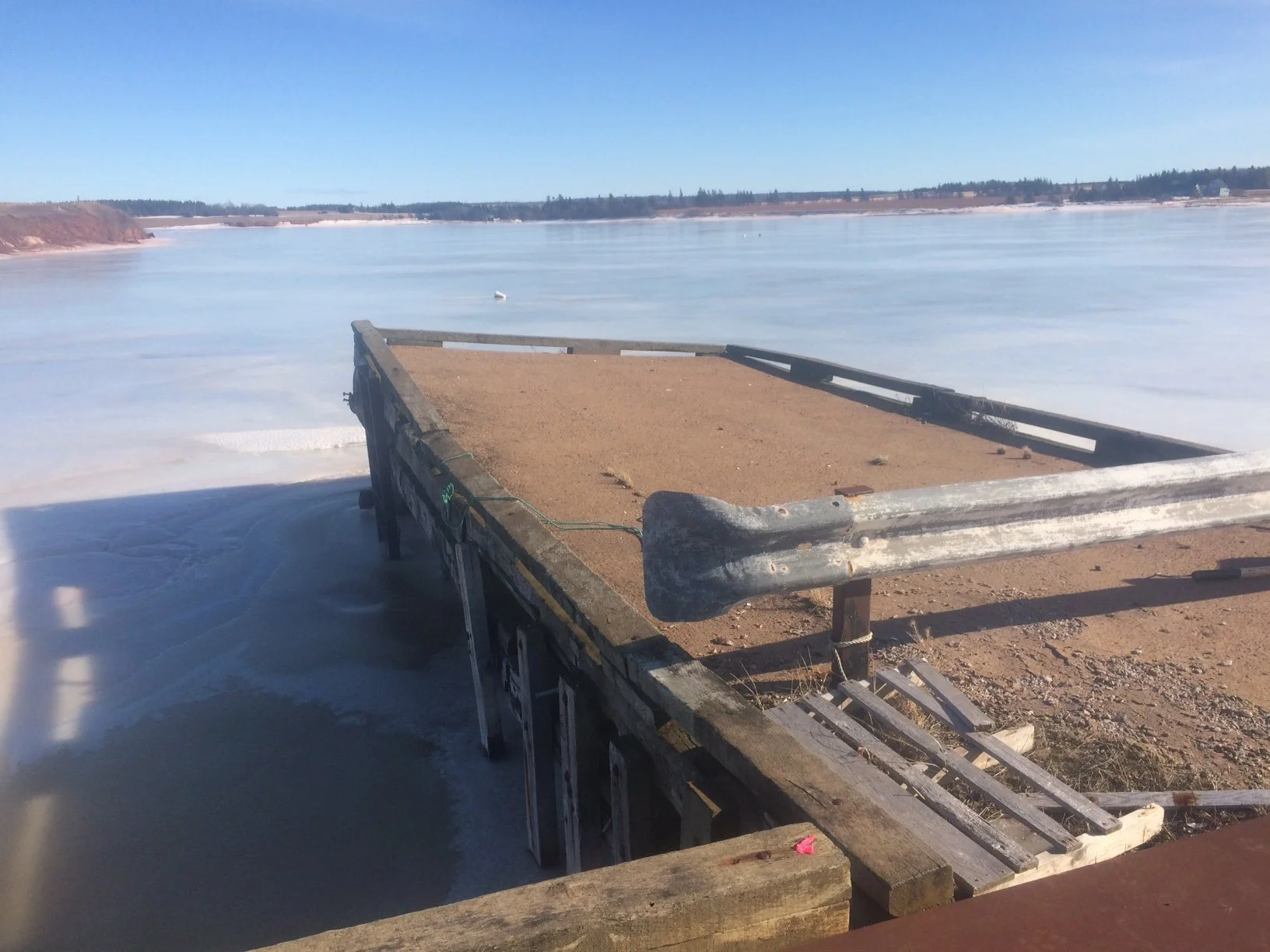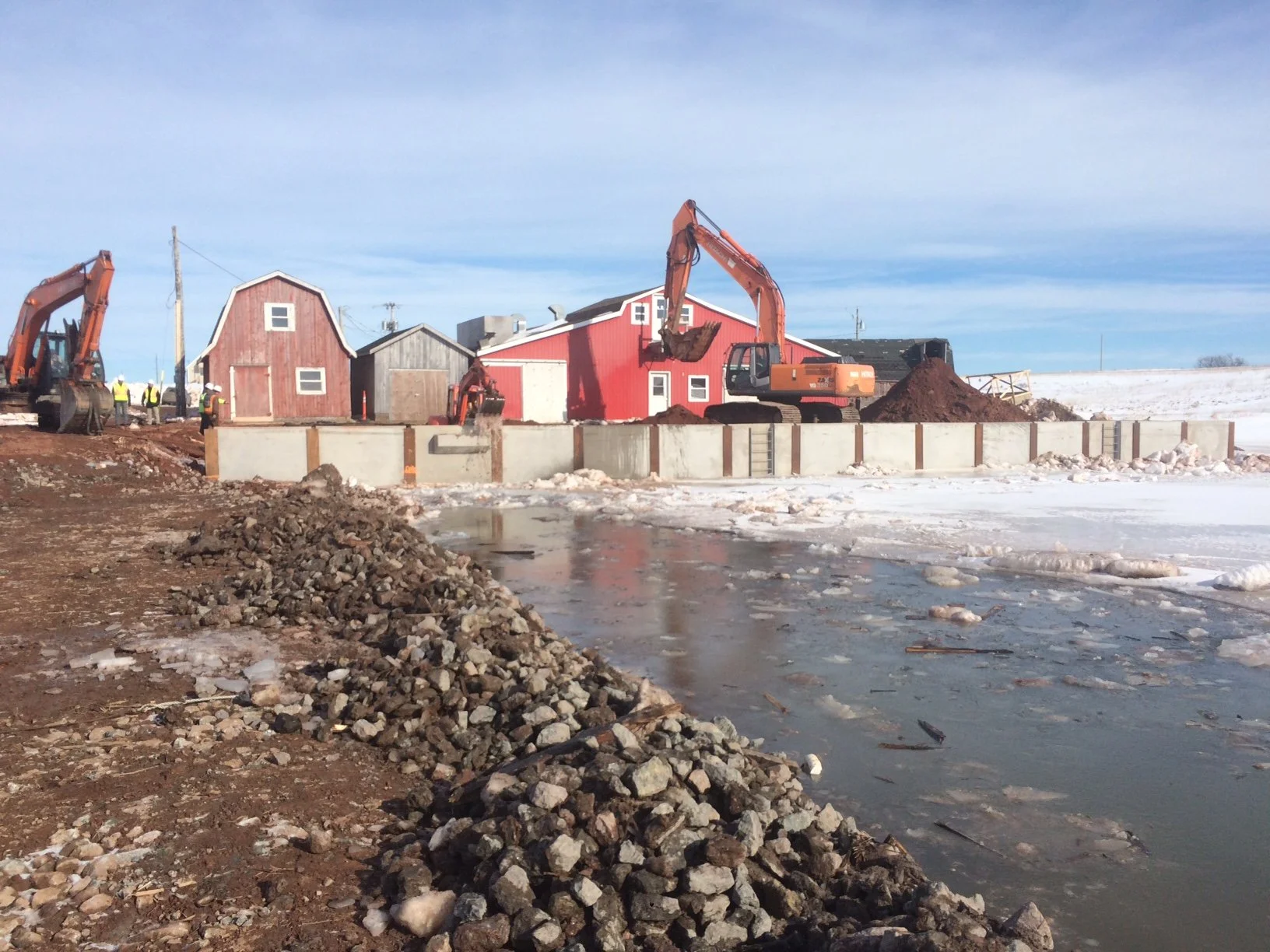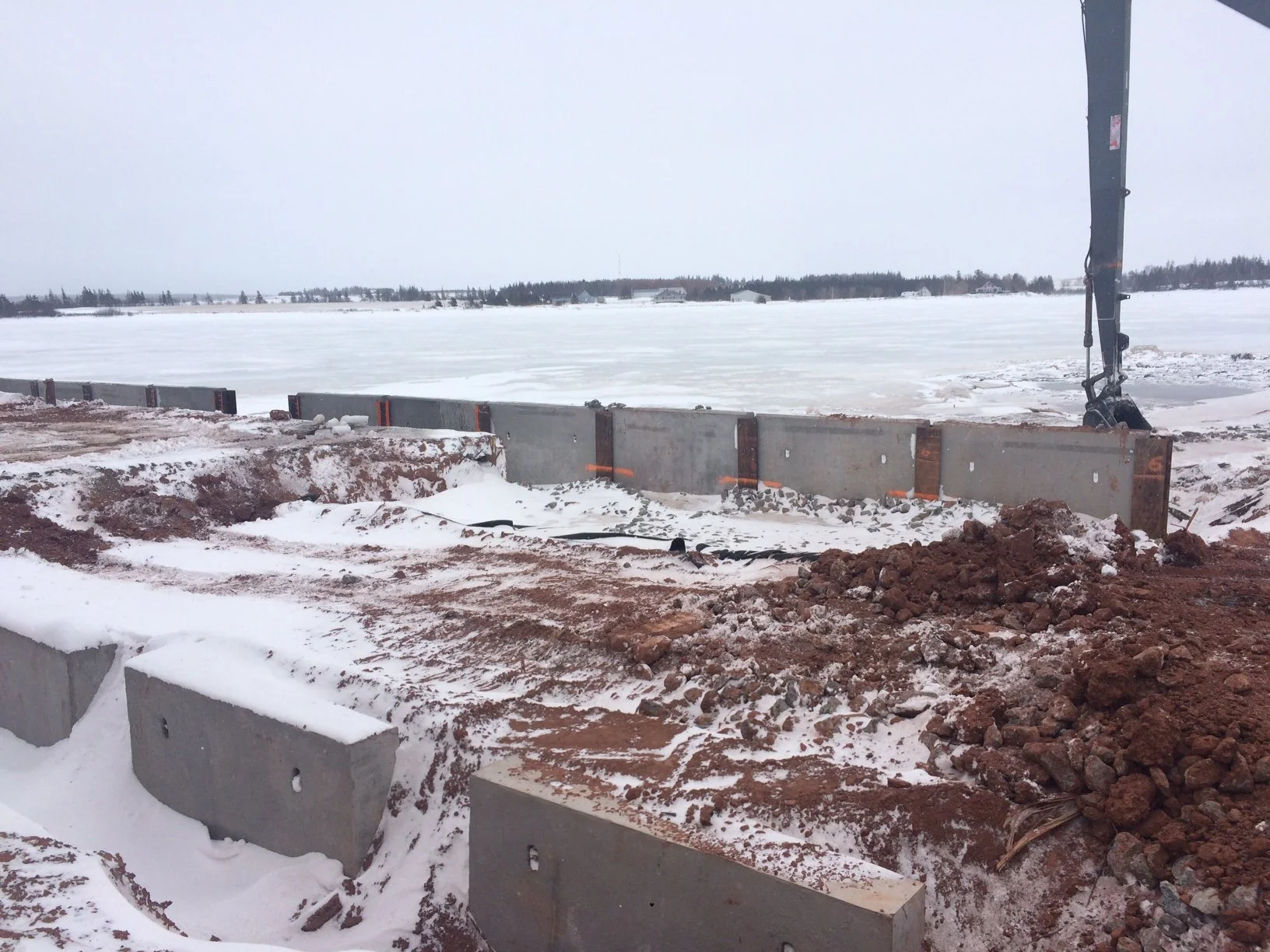Darnley Wharf and Breakwater Reconstruction
Location: Darnley, Prince Edward Island
Client: Public Services and Procurement, Department of Fisheries and Oceans, Small Craft Harbours
Timeframe: 2019-2020
Key Staff: Ron Keefe, Greg MacDonald, Justin Campbell, Gordon MacPhee, Vince Goreham
Project Description
For this project, Harbourside was engaged as the prime consultant to complete the design of a replacement structure for an existing marginal wharf in Darnley, PEI. In addition, we were responsible for the partial replacement of an existing breakwater, the design of an abutment for the gangway to the floating docks and the design of a new anchorage for the floating docks. This project included the removal of the existing outer T-Wharf structure, the partial replacement of the existing rock breakwater and the encapsulation of the existing marginal wharf with a Berlin Wall structure. The main objective was to divest these structures to the Harbour Authority, minimize the impact on adjacent landowners throughout construction and beyond and maintain uninterrupted operation of the fish processing plant.
Harbourside’s Role
For this project, Harbourside was engaged as the prime consultant to complete the design of a replacement structure for an existing marginal wharf. In addition, we were responsible for the partial replacement of an existing breakwater, the design of an abutment for the gangway to the floating docks and the design of a new anchorage for the floating docks.
Pre-Design Services
Our scope of services for this project included pre-design services including a site investigation and assessment of the existing conditions. It was immediately evident that the original T-Wharf was in critical condition, and unusable.
Harbourside also completed a geotechnical investigation adjacent to the breakwater. Minimal information was available from previous developments and so Harbourside coordinated an as-built topographic and bathymetry survey of the existing structures and harbour bottom. Next, we completed an options analysis of the potential new wharf structures and determined that encasement of the existing wharf with a Berlin Wall was the optimal structure.
Detailed Marine Engineering Design Phase
In the next phase, we completed the detailed design of the recommended wharf option. Other completed designs included the cross section of the new breakwater, the new floating dock anchorages, and the new abutment design for the gangway. During this phase Harbourside developed and review construction documents (drawings, specifications, and capital cost estimates) at 50%, 99% and 100% completion. Part of the detailed engineering design phase also included reviewing the constructability of the proposed structure with our geotechnical engineering team. The proposed installation methodology, the potential risks and the required stable slopes for the new breakwater cross section were all reviewed and discussed with DFO, PSPC, and the design team prior to finalizing the tender documents.
Tendering and Construction
Harbourside provided support during the tender phase by answering technical queries and preparing addendums. After the tender closed, we supported PSPC in the review and analysis of the submitted bids. During construction, Harbourside provide technical support to PSPC through reviewing and approving all shop drawing submissions, providing support and technical advice for RFI’s, change orders and claims. In addition, we reviewed the construction schedule and inspected the as-built construction upon request by the Project Manager. The construction phase for this project was completed in 2020.
As part of this project, Harbourside was involved in supporting DFO SCH with their environmental submissions to obtain the environmental permits. Harbourside also supported DFO SCH with their submissions to Transport Canada to obtain approval to complete the construction of these two structures. During construction, Harbourside oversaw the onsite construction work to ensure compliance with the applicable permits.
Unique Challenges
This project had four major challenges and constraints. These included dealing with adjacent landowners, maintaining uninterrupted operation of the adjacent fish plant, dealing with slope stability of the breakwater and re-grading around adjacent buildings to allow for raising the deck elevation. Each of these items presented unique challenges throughout the design phase; however, by identifying these risks early, we were able to develop solutions which aided in the successful completion of the project.
Social Impact
The Darnley channel is already a difficult passage to navigate. The aging and damaged infrastructure at this small craft harbour only added to the hazardous conditions faced by fishers in the area. As with many smaller maritime communities, fishing is the lifeblood of the local area. Ensuring that fishers have adequate infrastructure, helps rural coastal communities adapt to difficult conditions, and climate change. With these very crucial upgrades, the Darnley wharf will be in service for years to come.









